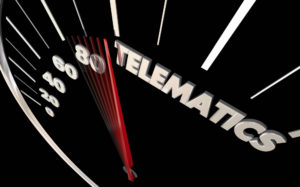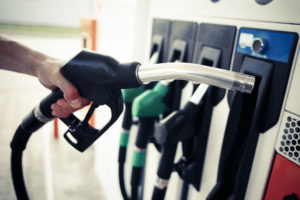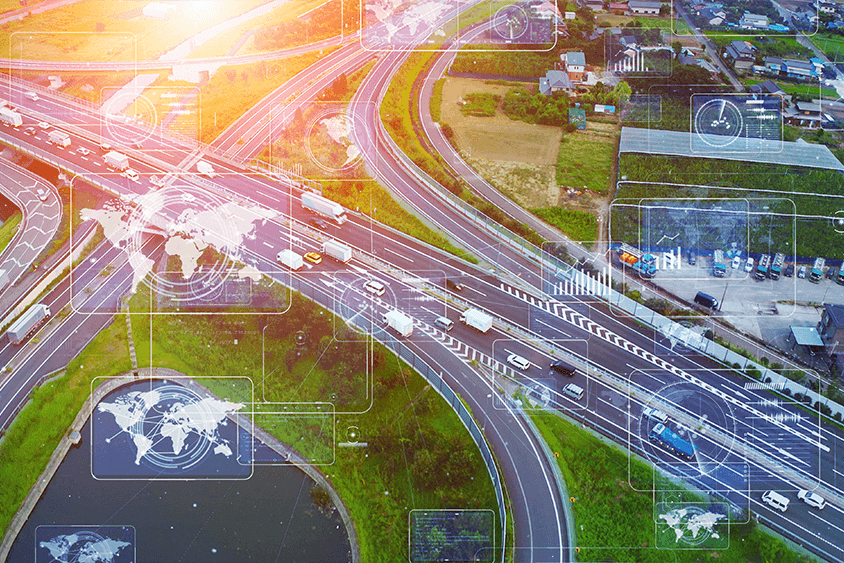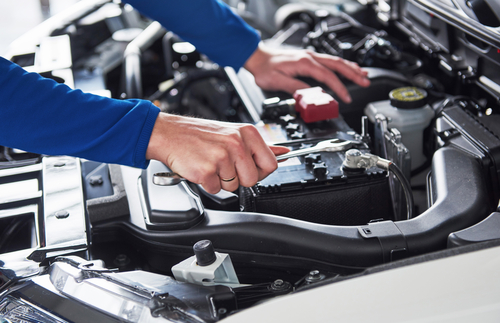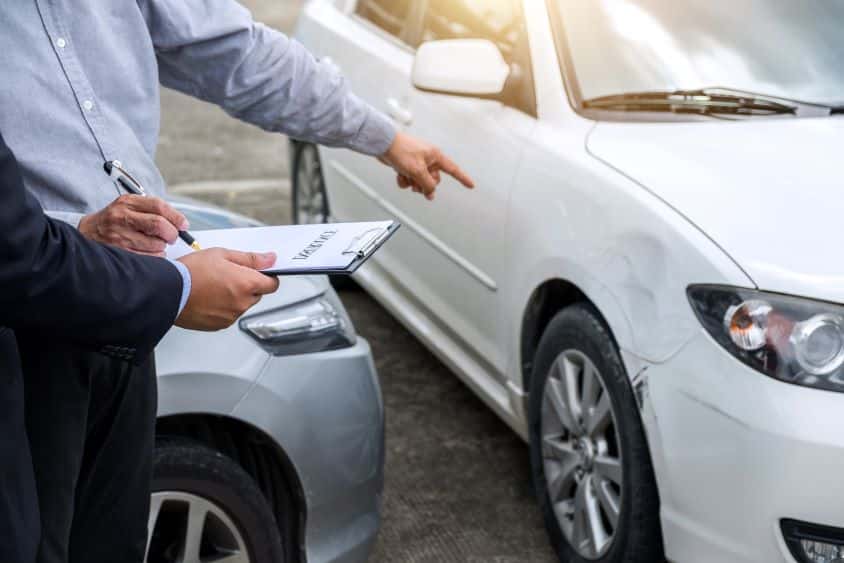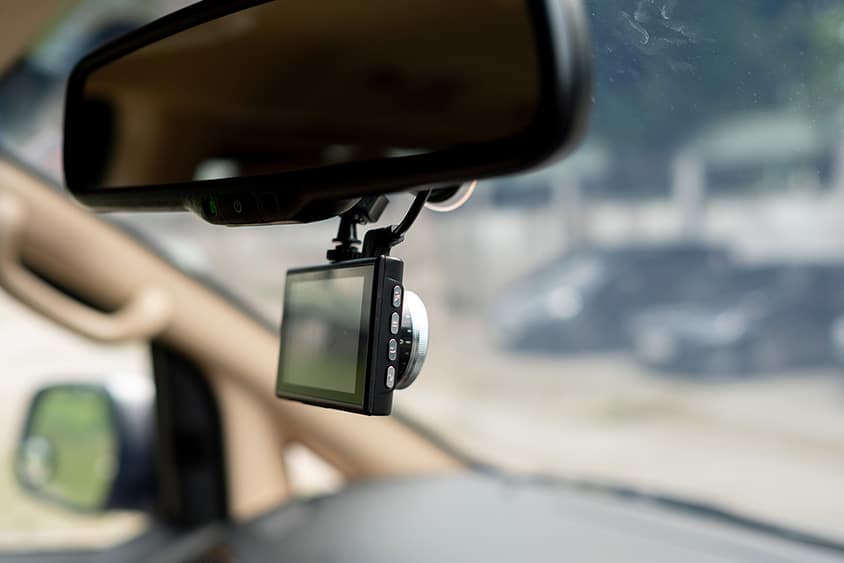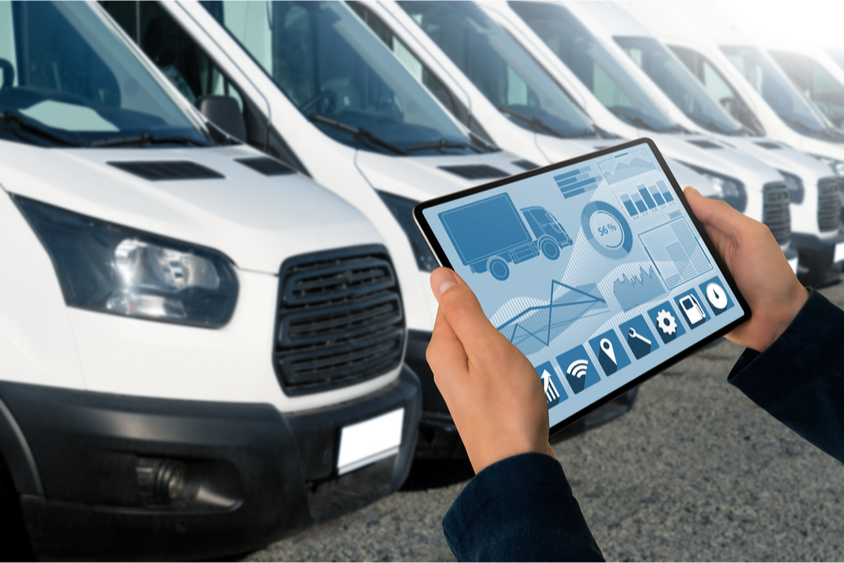You’ll no doubt have heard a lot about technologies such as fleet vehicle tracking and telematics in recent years. These tools are an increasingly important part of any business’ fleet operations. Without them, firms won’t have crucial insight into what their drivers are doing or how to improve efficiency.
But if you’re unfamiliar with these technologies, you may be asking ‘What’s the difference?’ Business Vehicle tracking solutions and telematics are sometimes used interchangeably. But in fact, there are a wide range of differences that separate the two. Therefore, if you’re looking to reduce fuel costs, boost safety or increase productivity, you’ll need to know exactly what they do.
What is vehicle tracking?
Vehicle tracking, as the name suggests, lets you keep an eye on your fleet at all times. Using satellite-based GPS technology that feeds information back to the base via mobile networks, you can see where all your vehicles are in real time. This includes who’s on the move, who’s at an appointment and who might be available.
This can assist you in making better decisions about how to run your fleet. As well as helping drivers find their destination, the data gleaned from this can be used to help fill in mileage reports and other records.
What is a vehicle tracking device?
A vehicle tracking device is a GPS vehicle tracking system that enables real-time monitoring of a vehicle’s location, movement, and behaviour.
Installed discreetly within the vehicle, these devices send data to a central server or application, allowing users to track the fleet vehicle’s route, speed, and stops from a smartphone, tablet, or computer.
Vehicle tracking software
This software enables users to view detailed maps, track routes, and analyse driving data from a central platform or vehicle tracking app on a computer or mobile device.
It is commonly used in fleet management to enhance operational efficiency, improve route planning, and ensure driver safety.
Vehicle tracking employee rights GOV UK
According to GOV UK guidelines on vehicle tracking and employee rights, workers must be informed about how their personal data is collected and used. Employees must give explicit consent before any commercial vehicle tracking starts and have the right to access the data collected about them by the company.
Best vehicle tracking device
FleetCheck is a comprehensive fleet management solution offered by Fuel Card Services, designed to streamline and enhance the management of your vehicle fleet. This service provides a range of tools to monitor and optimise fleet operations, including real-time tracking, detailed reporting, and maintenance management.
FleetCheck helps businesses improve efficiency by providing insights into vehicle usage, fuel consumption, and compliance with regulations. By leveraging this technology, companies can reduce operational costs, ensure better vehicle performance, and make data-driven decisions to manage their fleets more effectively.
Vehicle tracking costs
In the UK, the cost of vehicle tracking systems varies depending on the device, features, and service provider.
Typically, the initial purchase price for a tracking device ranges from £20 to £150. Basic models with standard GPS tracking are on the lower end, while advanced devices with features such as real-time diagnostics or driver behaviour monitoring can be more expensive.
Installation costs can range from £40 to £100 per vehicle if professional installation is needed, although some devices are designed for DIY installation.
Most vehicle tracking services in the UK charge a monthly or annual subscription fee, usually between £8 and £40 per month, which covers data transmission and access to tracking platforms. Additional costs may apply for extra features or data usage beyond the plan limits.
Despite these expenses, investing in vehicle tracking can significantly enhance fleet management, improve security, and help reduce overall operational costs.
Benefits of vehicle tracking
Vehicle tracking solutions help you build a picture of where your vehicles are and how to best optimise their routing. Real-time tracking can ensure drivers avoid any congestion points and provide accurate estimates for when they can expect to arrive at their destination. In turn, this helps with overall planning and can even boost customer satisfaction by giving them more info on when to expect your employees.
A GPS vehicle tracking system can also help you spot any vehicles that are being used where or when they shouldn’t. For example, you’ll be able to see if a car or van is being used out of hours. Geofencing solutions can also enable you to set up a designated area for your operations. If a vehicle strays outside of these restrictions, you’ll quickly be able to see this. This will also be hugely valuable if you fall victim to theft, as it can help the police home in on the vehicle.
What is telematics?
Vehicle tracking services alone, however, only offer a partial picture. This is where telematics comes in. A key factor that separates telematics from simpler vehicle tracking solutions is the amount of telematics data and reporting tools you have available.
A good telematics box will offer all the same benefits as a GPS tracking system, but will also build on this with much more detailed information about the vehicle and its driver. For instance, telematics tools offer more insight into how the vehicle is being driven. It can record not only speed, but also information about how frequently or harshly the accelerator and brakes are being used. It can also show you how long engines spend idling.
Elsewhere, integration with the vehicle’s diagnostic computer can give you an early warning of any potential issues, letting you better plan for any repairs or maintenance.
What is a telematics device or software?
Telematics software can also integrate directly with reporting tools on a telematics app. This helps you easily calculate fuel usage, driving hours and expense claims, to name but a few. With information displayed in easy-to-use dashboards, you have a complete picture of everything your fleet is doing at your fingertips.
What is telematics insurance?
Telematics insurance, also known as usage-based insurance, is a type of car insurance where premiums are determined based on the driver’s actual behaviour and usage patterns rather than traditional risk factors.
The data is transmitted to the insurance provider, who then uses it to assess risk and calculate premiums.
Fleet businesses that demonstrate safe driving behaviours and low mileage may benefit from lower insurance costs.
This approach offers a more personalised insurance experience and can reward conscientious fleet drivers, while potentially offering valuable feedback to help improve driving habits.
The best telematics device
Our Tele-Gence telematics device is one of the best options available for comprehensive vehicle tracking and management.
This advanced device provides real-time data on driving behaviour, vehicle location, and performance metrics.
By integrating with a sophisticated telematics platform, Tele-Gence enables users to monitor key parameters such as speed, acceleration, and fuel consumption, offering valuable insights that can help improve fleet efficiency and safety.
Its user-friendly interface allows for easy access to detailed reports and alerts, making it an excellent choice for businesses looking to optimise their fleet operations and enhance overall management.
Benefits of telematics
One of the key benefits of a good telematics solution is the impact it can have on driver behaviour. With the system recording a wide variety of metrics, you can easily see who’s driving sensibly and who could be putting themselves and other road users at risk. This lets you step in with training programmes, a warning or even disciplinary action for those who are frequently speeding, tailgating or otherwise driving erratically.
As well as making your fleet safer, this also has a direct impact on your fuel consumption. Smoother driver inputs and less time spent idling means you use less petrol or diesel. As this is one of the biggest expenses for any fleet, this is a simple way of reducing your expenditure and saving the company money.
This is before you take into account the fuel savings that can be achieved through better monitoring and route planning. As well as ensuring your drivers are following routes that provide the best efficiency, fuel tracking systems offer a quick and easy way of reducing your consumption and protecting your business.
Cracking down on fuel fraud
You can also see at a glance where and when fuel cards are being used by your drivers, and ensure the time and location match the vehicle. This is a vital tool in cracking down on fuel fraud issues such as people sharing cards and using them to fill up personal vehicles.
Fuel fraud is a significant problem for many firms, with research from Shell revealing that almost two-thirds of fleet managers in the UK (65 per cent) view this as a major issue. If left unchecked, it could easily end up costing you huge amounts of money, so you must be able to spot this and take action.
Improving your day-to-day workload
A good telematics system also means much less time spent on paperwork. With detailed reporting on everything from fuel efficiency and mileage to emissions, it automates and streamlines what would otherwise be tedious manual tasks. This also ensures accuracy and leaves you free to spend your time on more worthwhile, value-adding activities.
A complete fleet management solution
A telematics solution therefore offers a full fleet management and vehicle tracking solution. Compare this to a more limited GPS-only monitored service and it’s easy to see where the extra value lies.
Research by Verizon suggests effective telematics software offers a wide range of benefits. Among the results businesses have seen include:
- Fuel economy improved by 18 per cent
- Economical driving increased by 15 per cent
- Harsh braking incidents are down by 77 per cent
- Engine idle time was reduced by 64 per cent
- Driving hours decreased by 24 per cent
How Fuel Card Services can help with Vehicle tracking and telematic needs
If you’d like to know more about what telematics or vehicle tracking can do for your business, get in touch with our experts today.


